CodeOne 2018, like JavaOne, but only in mask
Oracle Code One
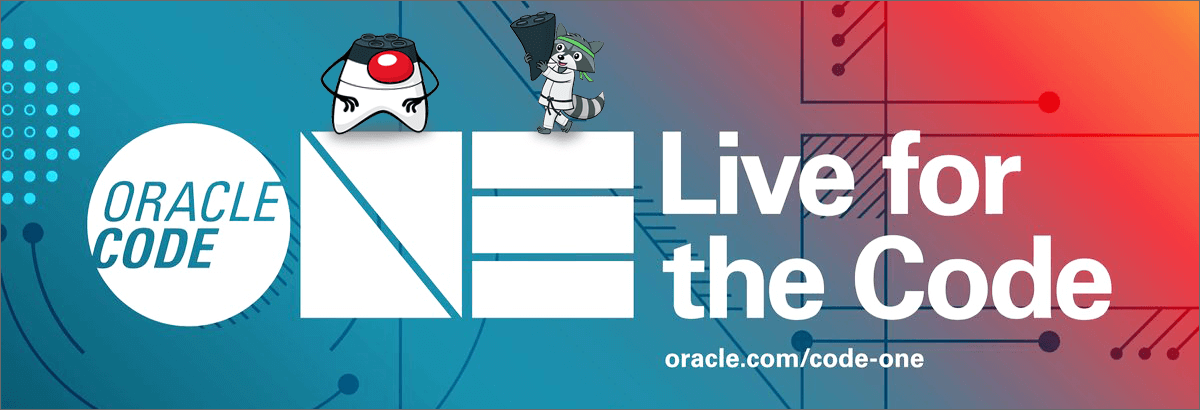
Code One (JavaOne until April 2018) is an annual conference dedicated to Oracle products and the Java programming language, which takes place in different cities. Many Java developers want to attend this event and plan their participation in advance. I, the testing automator at Sbertech, was fortunate enough to take part in the conference, which was held this year in October in San Francisco. Under the cut my impressions and thoughts about the trip. Dates of the conference under the auspices of Code One in 2019 can be found here .
More than 600 reports were presented at Code One 2018, of which about 200 are related to Java, and the rest are related to Containers, Serverless, Cloud Applications, Database, Big Data, Data Science, DevOps, Modern Web, etc. On the same dates (21.10 - 25.10), Oracle first organized another Open World conference. Both events were held in the business centers of Moscone Center. Code One was held at Moscone Center West.
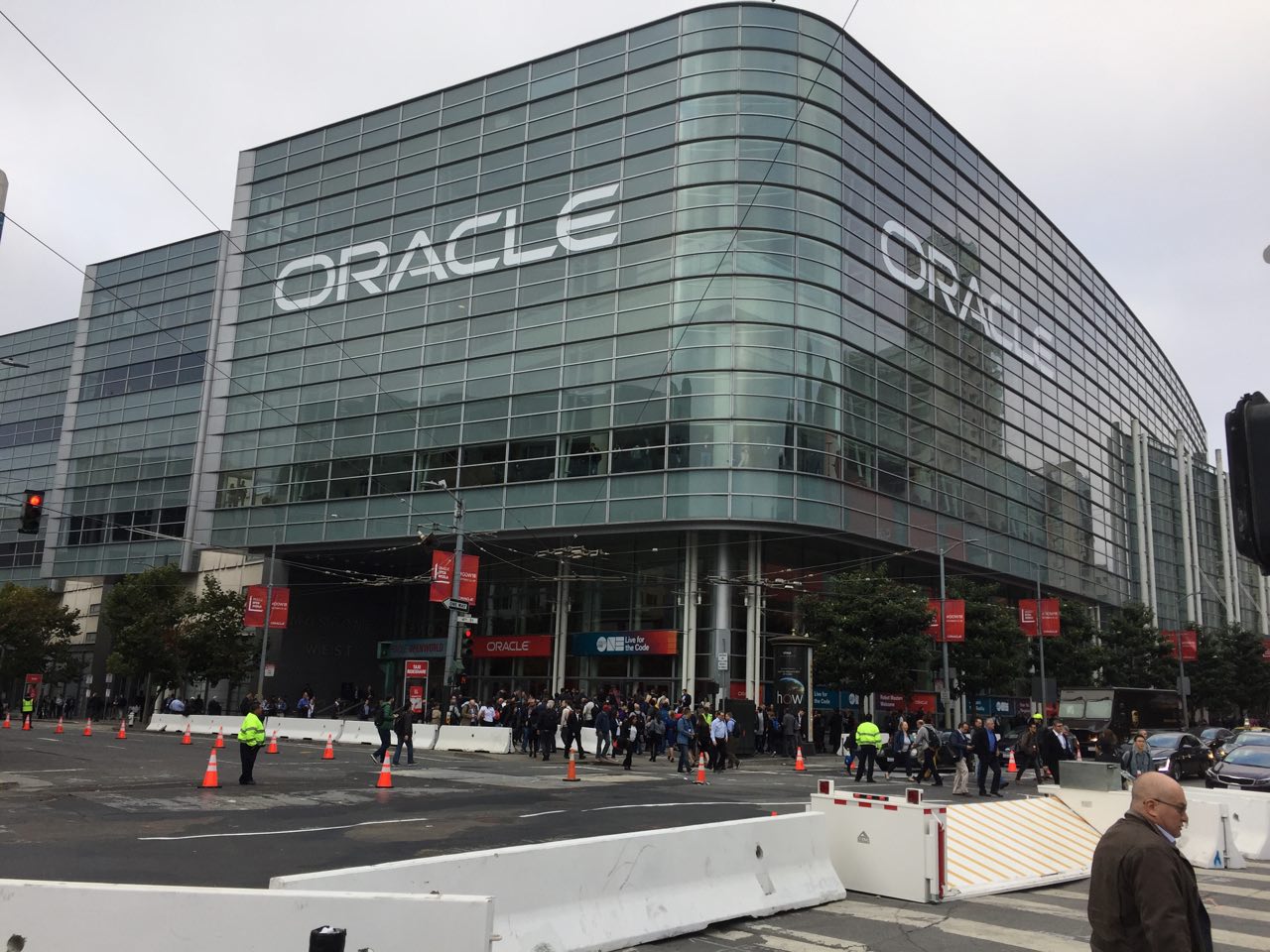
')
The cost of participation varies from the time of registration:

To register for the conference, you need an Oracle Account. During the registration process, the system will offer to choose a convenient payment method. In my case, the payment was made via bank transfer. A week later I received an email invitation.
Invitation

Organizational nuances
Prior to the conference, the organizers place the general conference plan on the site .
check in
The most convenient way to accredit the day before the event, otherwise you could stand in long lines on the opening day.

The accreditation was given a plastic badge with a full name (for the loss of a $ 70 fine), as well as plastic tickets (lunch) for each conference day. On separate racks of the first floor, participants were given out Oracle souvenirs (in 2018 it was a backpack) and a ticket to Oracle CloudFest.
Event plan
All reports and workshops were held on the second floor. A large territory with two halls of 12 rooms with zones: Java Magazine, Oracle Quiz, Oracle Shop and a zone with tables. At the same time held from 20 to 24 sessions. They began at 8-45 or 9-00 in the morning, ended at 17-00 and later.
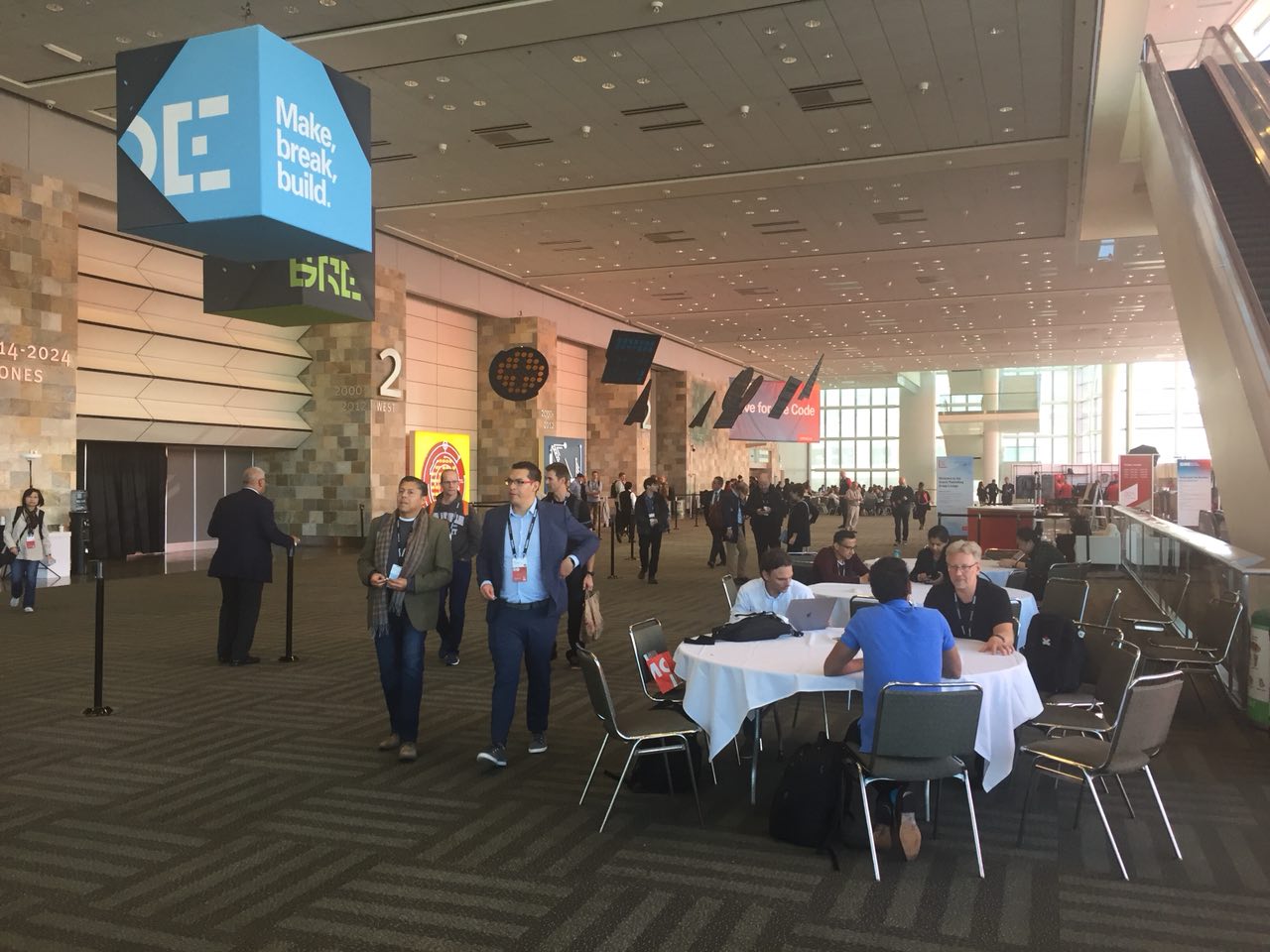

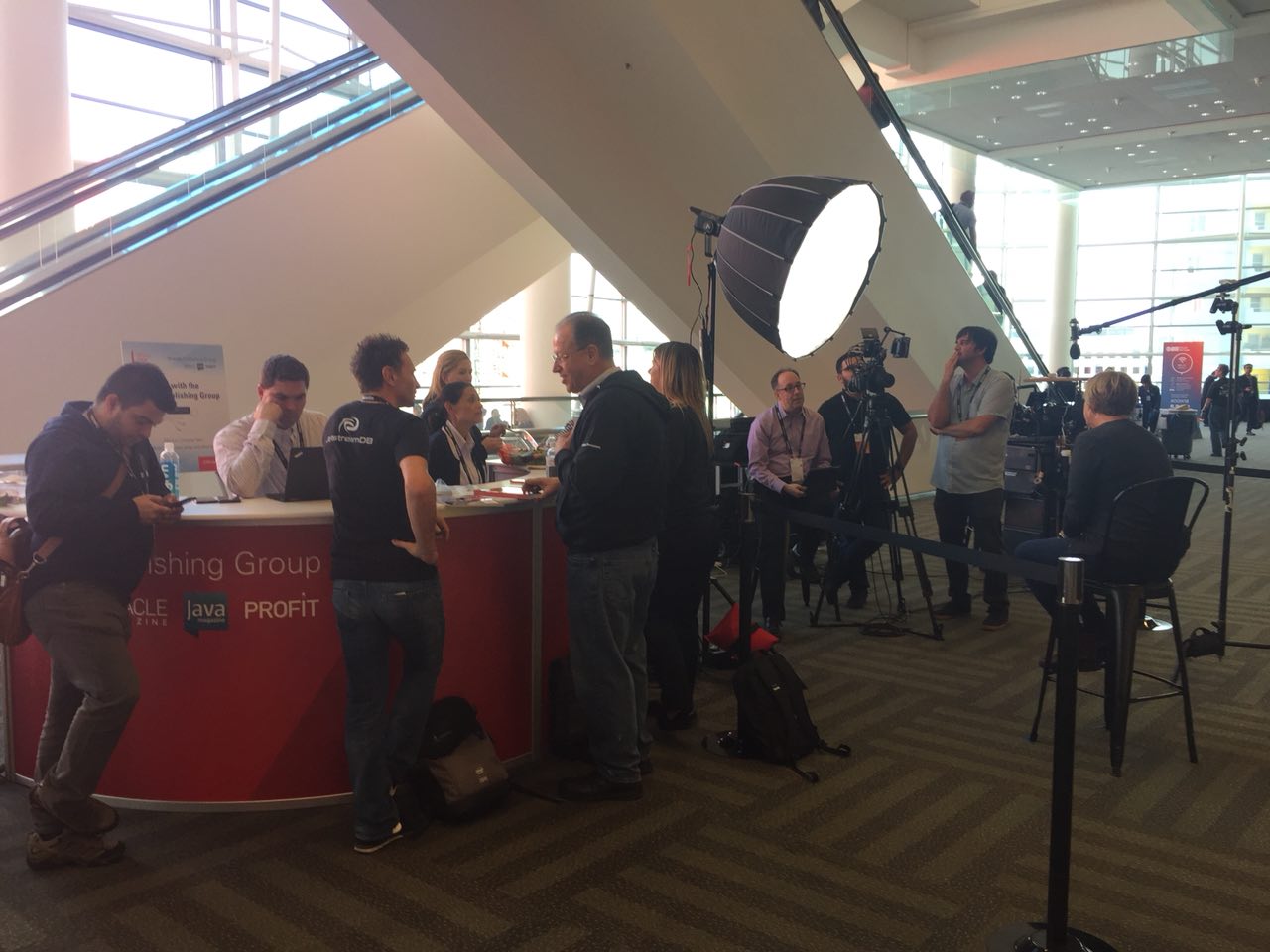
The program with the topics of reports and workshops is published on the Code One site in the Session Catalog block.
When participating in such a large-scale conference, it is important to make your own visit plan. Many sessions take place in different parts of the building, and it is impossible to cover them all at the same time. Choose the most interesting for yourself, make a schedule and go ahead to learn Java (it took me about 30 minutes to familiarize myself with the reports of the next day and choose me who was interested). I recommend to pay attention to the author of the report and get acquainted with his previous speeches. Choose backup reports: if in the first minutes you realize that the speaker is “not yours,” then there will be a chance to catch another speech.
Workshops are better to register in advance, otherwise you may not get there. Make sure that Wi-Fi is working stably at the venue of the workshop (if you have the latest laptop model, for example, macbook, it is advisable to have an RJ-45 adapter, since Wi-Fi works intermittently and does not have a stable signal reception level everywhere).
Everything for convenience
Oracle Events application
To be aware of current events at the conference itself, download the Oracle Events mobile application. In it you can find Oracle events and all the necessary information on a particular conference. I warn you - the application is not fast :)
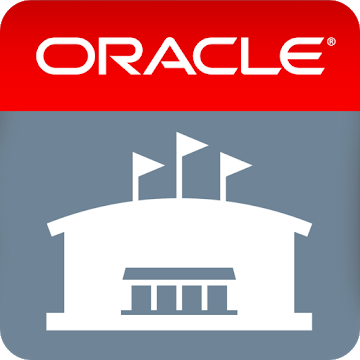
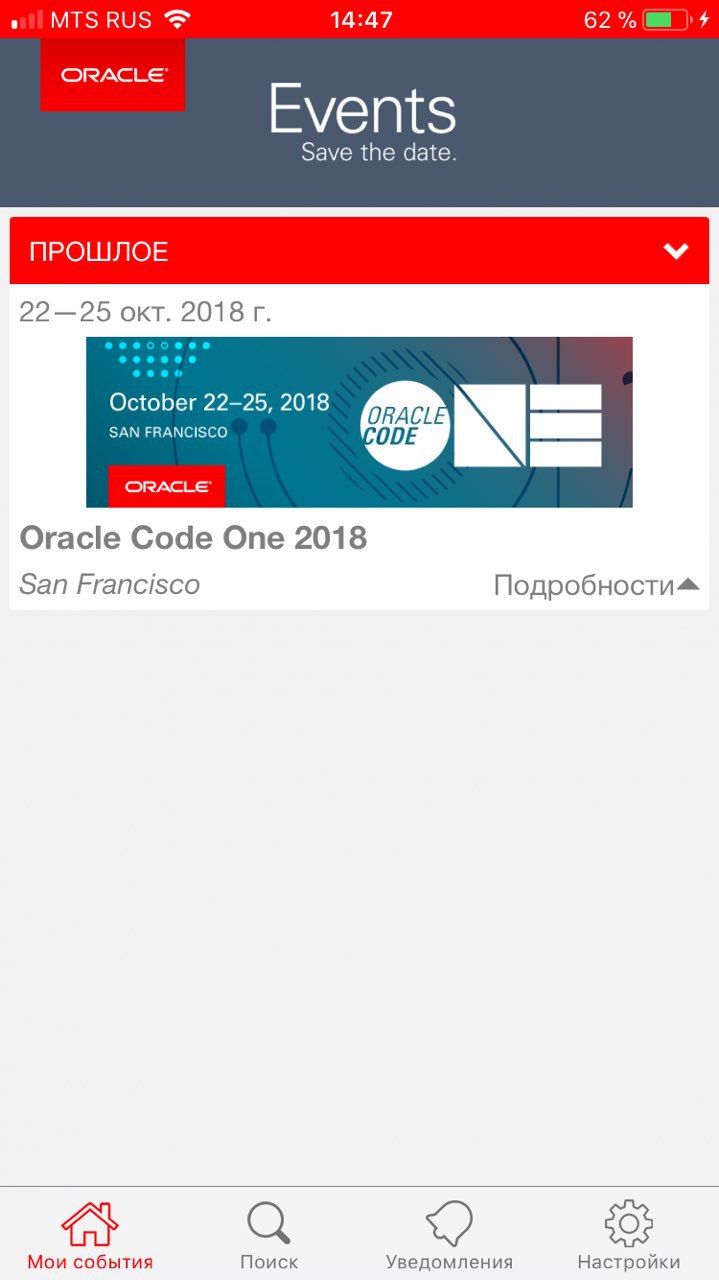

Communication
Having been a little earlier on Selenium Conf in Chicago , I can say that all foreign participants and speakers use Twitter and LinkedIn for communication. If you liked the report and would like to discuss it with the author a little later, ask for a business card - this is normal practice.
Transport
Those who are in this city for the first time consider that the metro is noticeably different from the capital and St. Petersburg. There are big breaks in the evening.

Basically, I used a LYFT taxi with the “shared” route option (when another taxi passenger traveling along the same route can get a taxi) to get around the city. To build a route from point A to point B, it is best to use Google Maps - it will always tell you how to get there.
Nice bonuses
Community BBQ
By tradition, after the conference there is a meeting in a narrow circle between the speakers and the people involved in the Java Community.
Invitations to such a meeting were issued on the report More Java Community Insider Secrets by Stephen Chin , Yolande Poirier , Sebastian Daschner .
At such meetings, barbecues are held in the open air, the results of the conference and current topics are discussed. Unfortunately, I could not get for personal reasons.
Invite

Oracle CloudFest 18
Music festival for all Code One and OpenWorld conference participants. This time they performed Bleachers, Portugal. The Man, Beck. I like it.
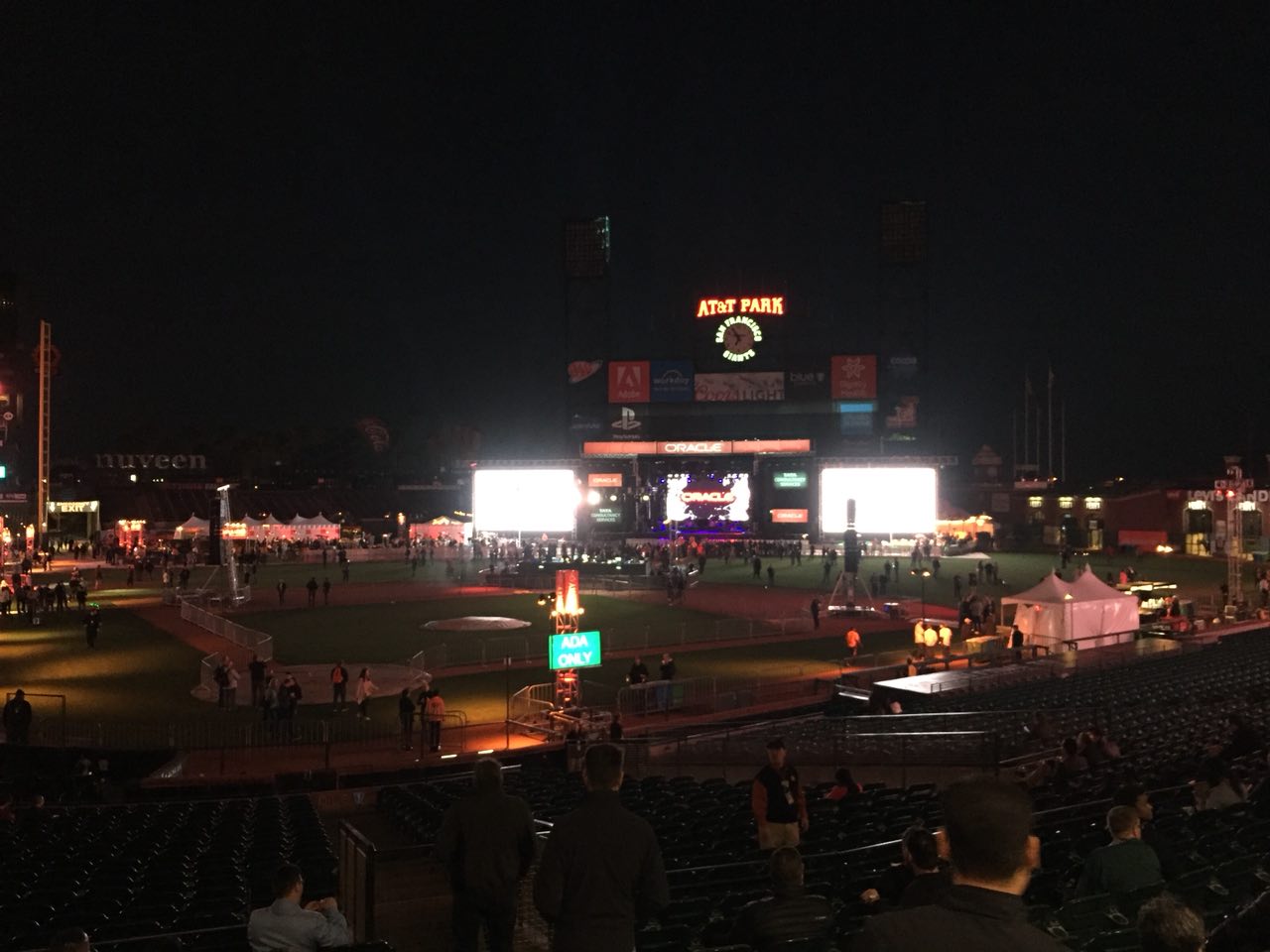
Materials
Videotapes
More than 100 Keynotes & Sessions videos are uploaded to youtube . There is both processed material and raw in the format of an 8-hour video.
Reports
In total, I was able to attend 25 sessions in 4 days. The subject matter was very diverse, even the good old Selenium from Kito Mann met.
Below is a list of reports that I liked.
1. Java 5, 6, 7, 8, 9, 10, 11: What Did You Miss? - Henri Tremblay, reviewed the main features of each version of Java SE and spoke about the new release policy of Java. Recommended reading the article Java Is Still Free by Java Champions.
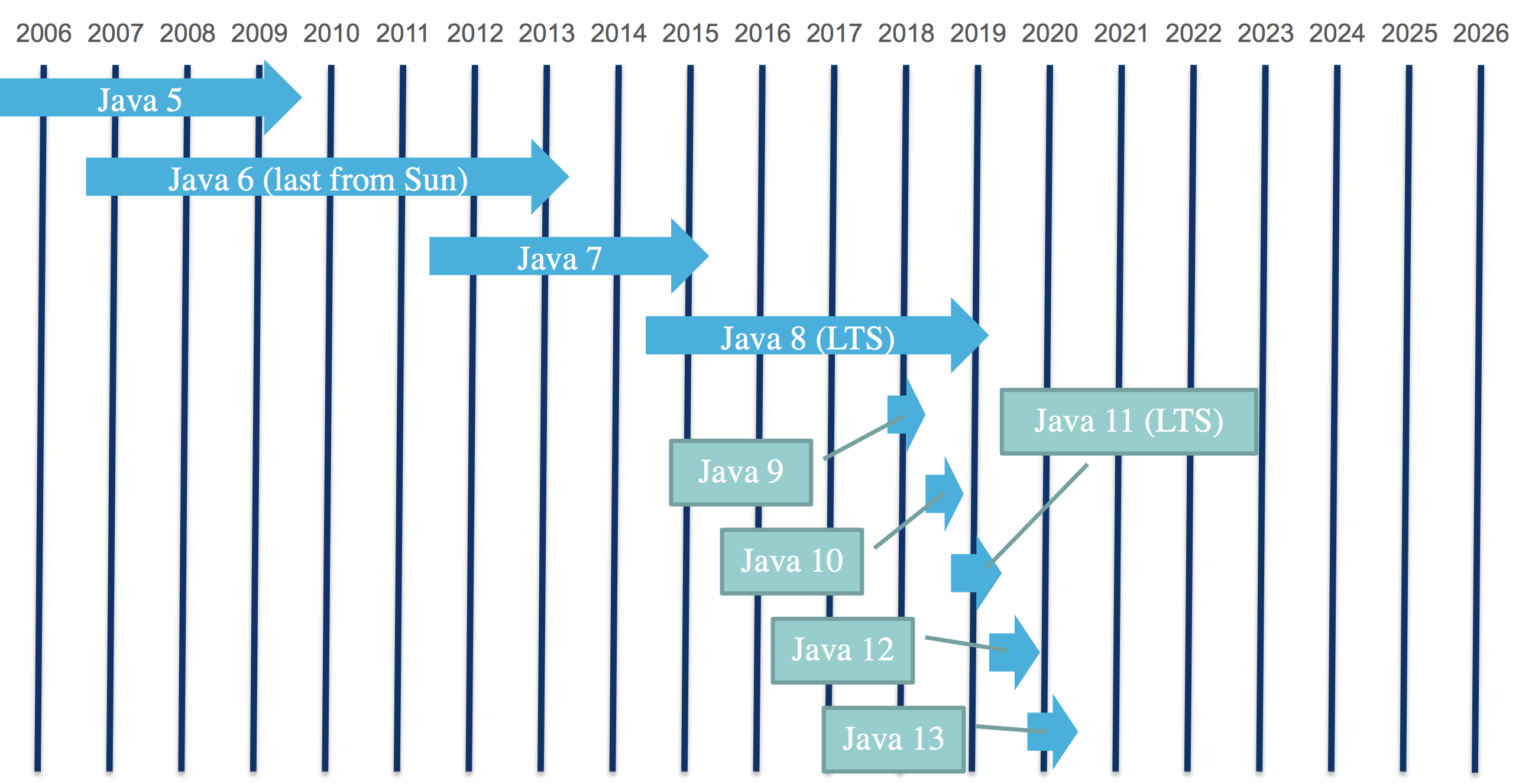
2. Holistic Testing at LinkedIn - Sajid Topiwala, told how they test microservices on LinkedIn, about the internal Epsilon tool and how all the development goes to Trunk-based Development.
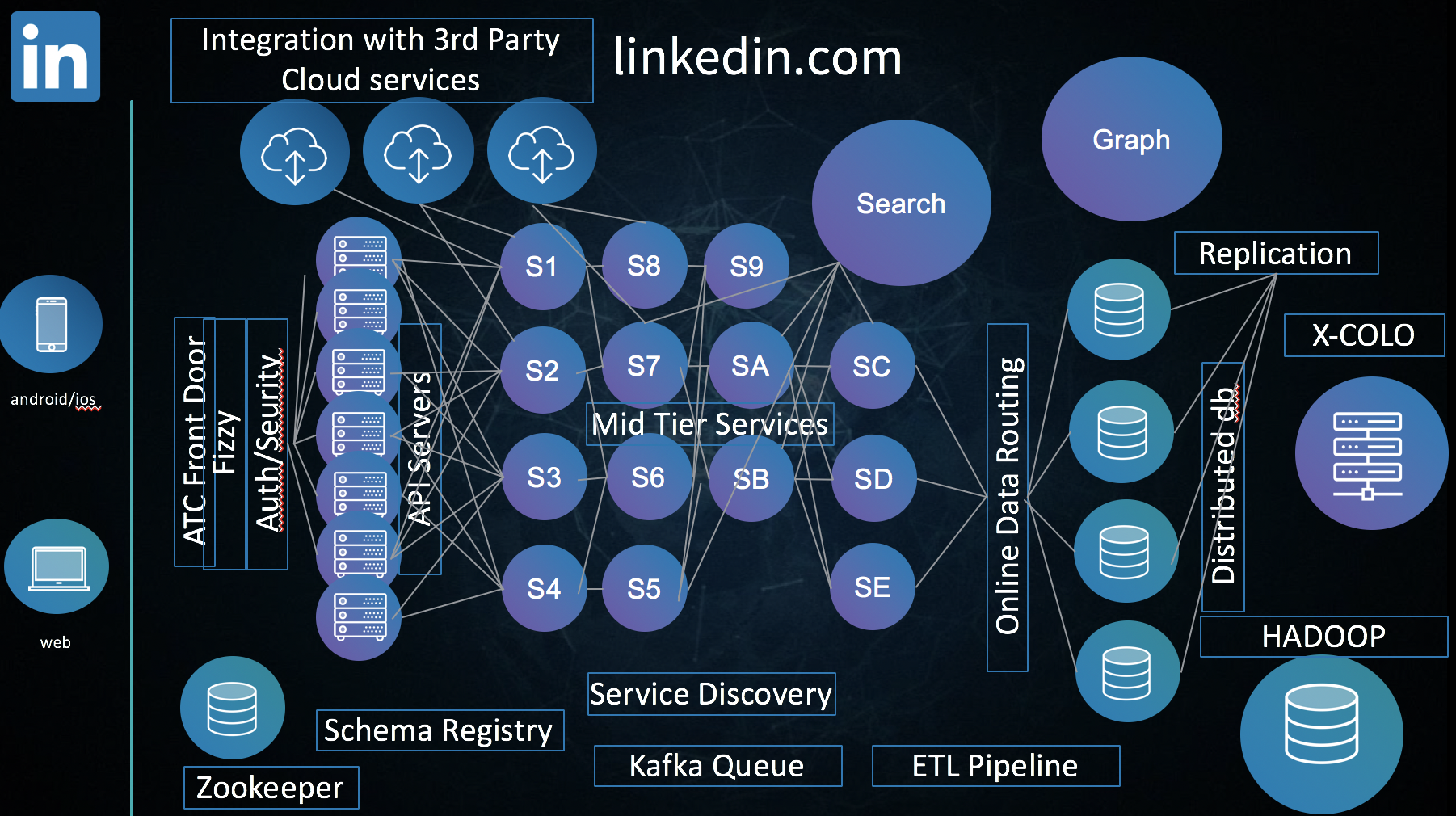
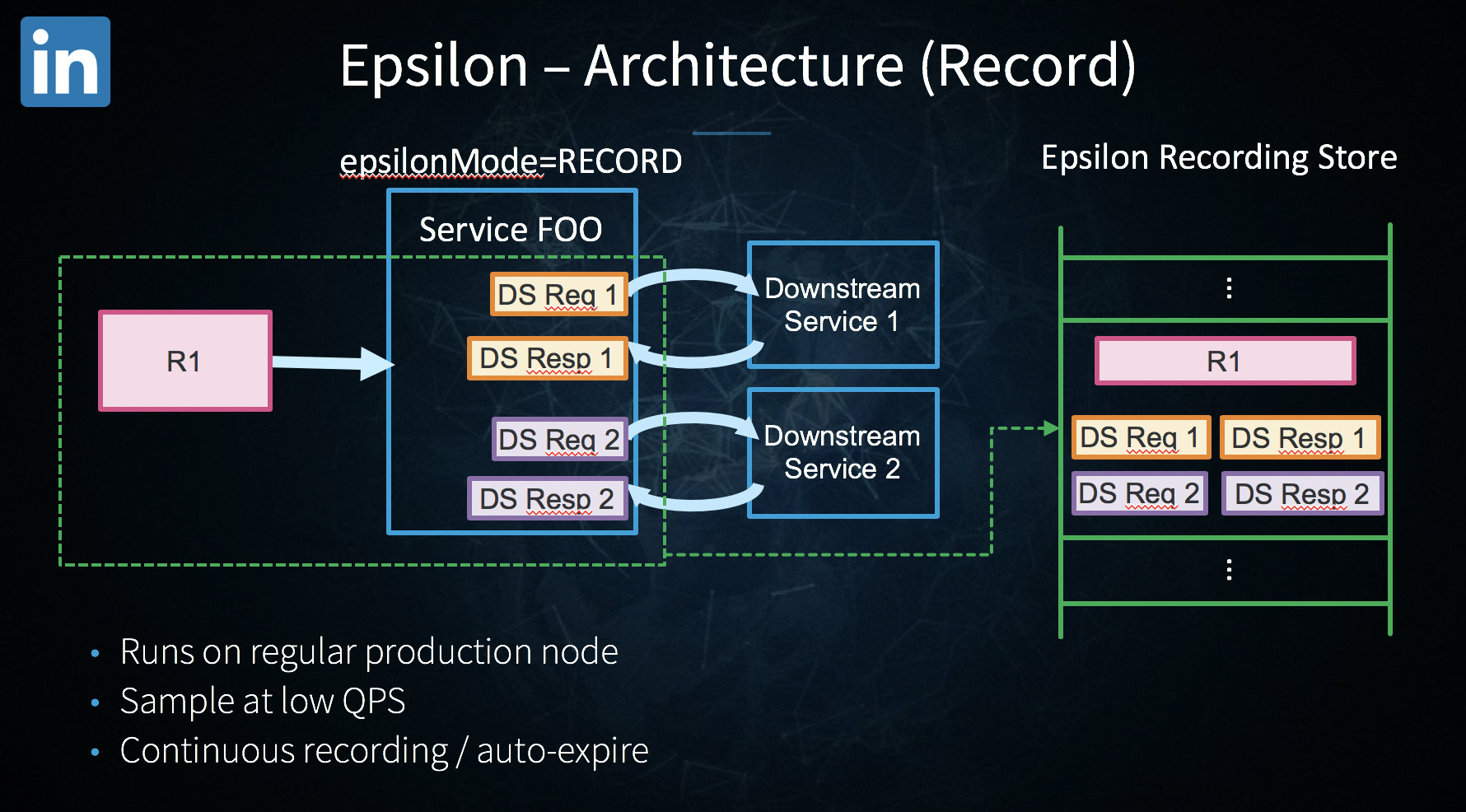
3. The Future of Java SE - a report from Sharat Chander and Aurelio Garcia-Ribeyro about the new model of Java & OpenJDK releases, what features to expect further in Java and which projects you should pay attention to now (“Not longer a Java roadmap that calls out what features will come out in the next releases. "©).

4. Migrating Java UI Client Applications to OpenJDK 11 - a story about the big changes in the Java UI world from Philip Race and Sergey Bylokhov.
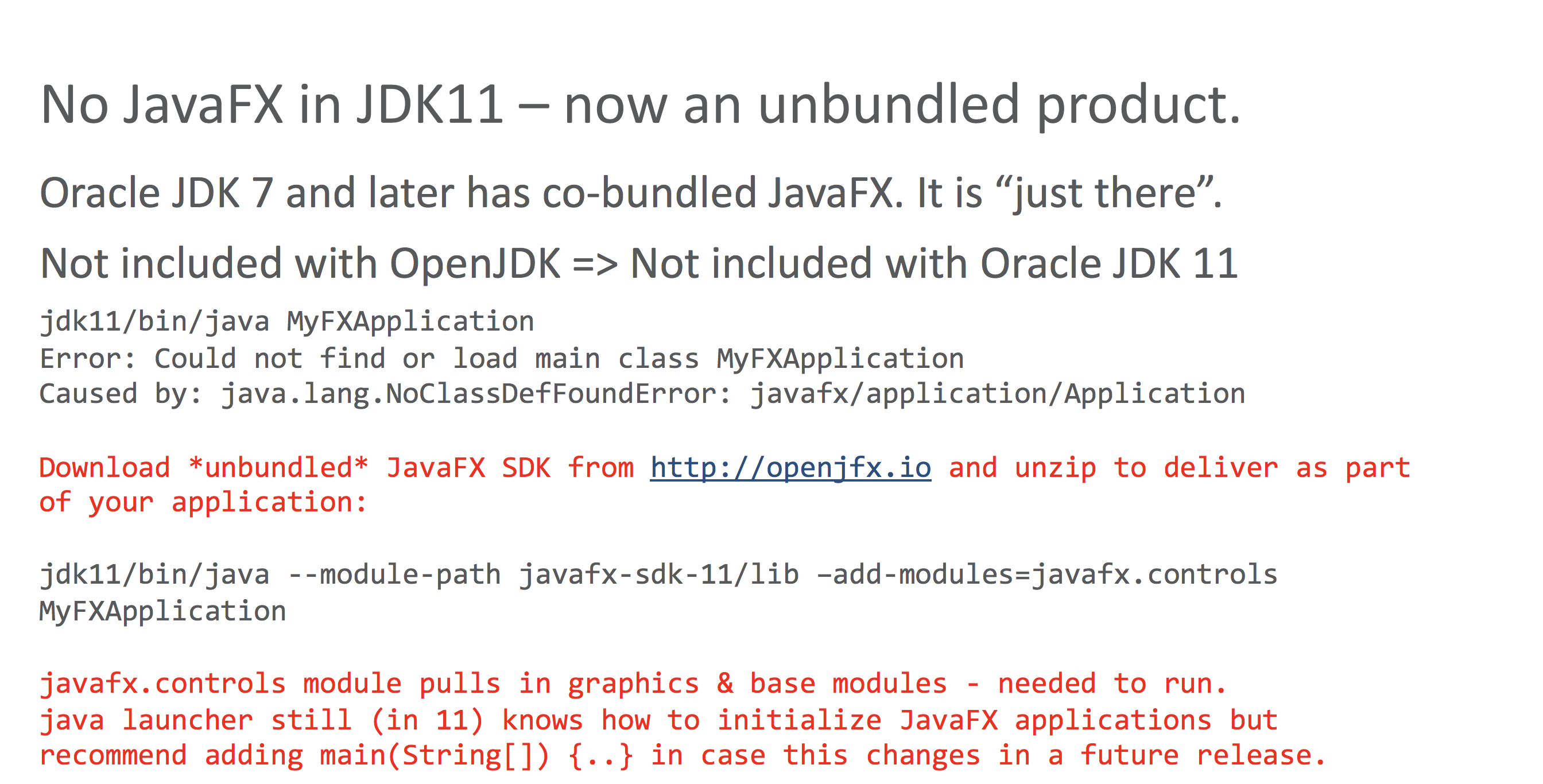
5. How to Create an Architecture for Web Test Automation - Elias Nogueira and Tatiane Aguirres Nogueira talked about the main points that you should pay attention to when using WEB automation. I recommended to the authors to use Allure for reports and Selenoid for the autotest infrastructure.
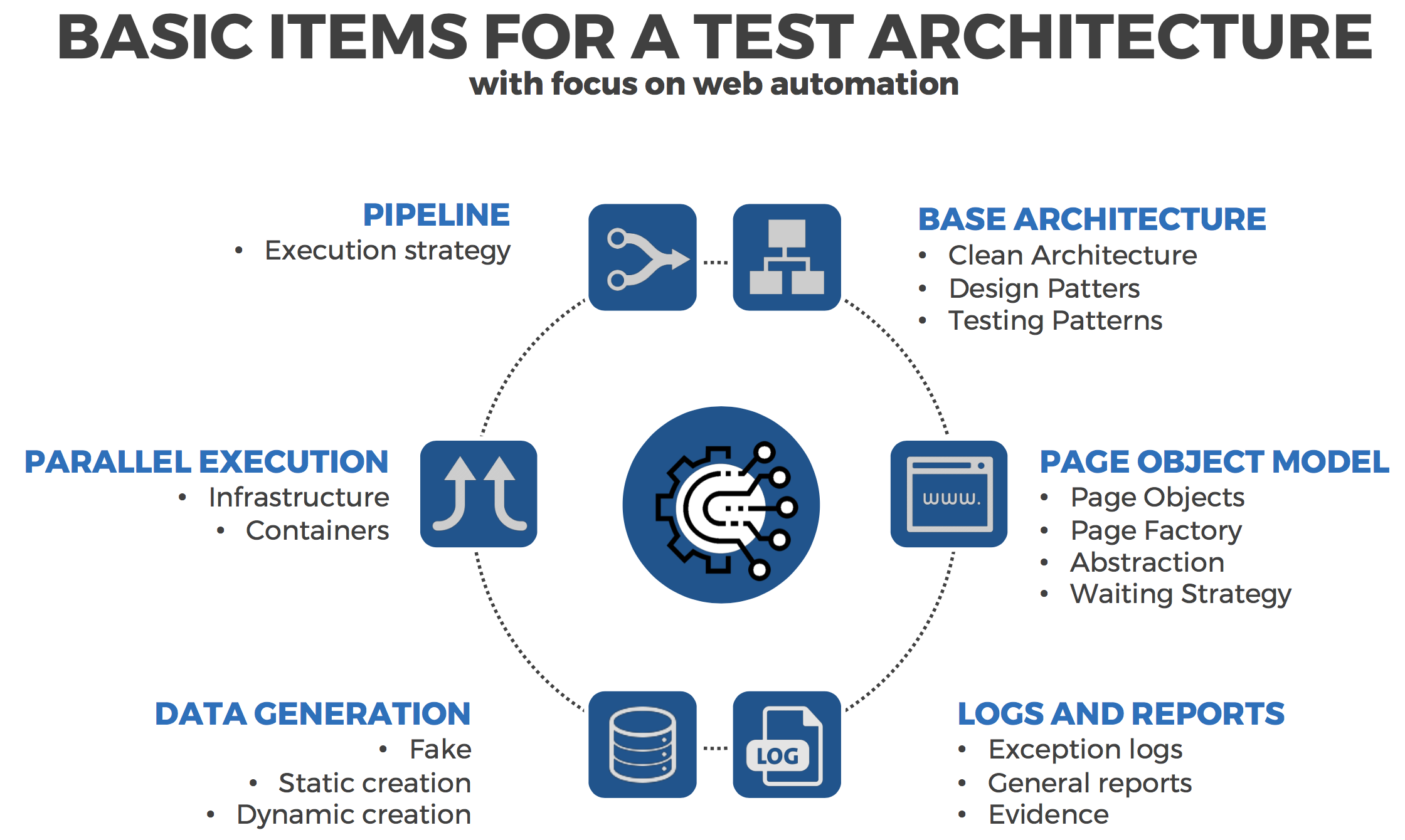
6. Kotlin as a Modernized Java - report from Roman Elizarov. The speaker focused all his attention on the main features of the language. The presentation of the material was above all praise.

7. Micrometer: It's SLF4J but for Metrics! - Jon Schneider reviewed the Micrometer tool, which is used to collect your application metrics. Starting with M4, this tool comes out of the box in SpringBoot 2.0. Micrometer is like SLF4J, but only for collecting metrics. The author explained why we should use metrics in our application and gave examples of usage.
8. Capitalizing on a Great IDEA: Becoming a Superuser with IntelliJ - Maxim Novak showed how an IDEA professional should work. The original project with hot keys.
9. Lambda Programming Laboratory - lambda workshop from Jeff Dinkins, Stuart Marks, Maurice Naftalin, José Paumard. Initial problems and answers you can find on github .
10. More Java Community Insider Secrets - talk from Stephen Chin, Yolande Poirier, Sebastian Daschner. The report revealed the secrets of the Java community. How to become Java Champions, what steps need to be done to retweet your article in Java Twitter , how to write articles for Java Magazine. The authors discussed JavaOne4Kids and encouraged to actively share experiences.
I also recommend to pay attention to Bruno Souza , who raised interesting questions about the career development of a developer in his report "The One Skill Developers."
Leisure
If this is your first time in San Francisco, I recommend visiting:
1. Golden Gate Bridge;
2. Twin Peaks;
3. Lombard Street;
4. Cable Car;
5. Alcatraz Island;
6. Pier 39.
A small photo report:


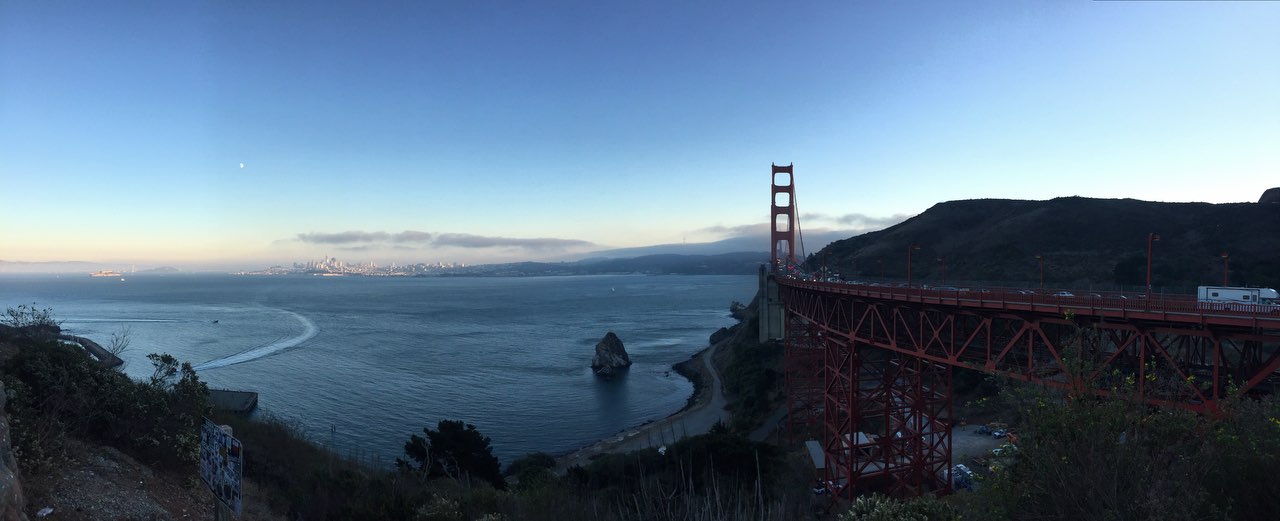




Results
Code One made a huge impression on me with its scale and diversity in comparison with the conferences that I attended earlier: SeleniumConf Chicago, Joker, Heisenbug, SQADays, etc. Of course, I wanted to cover everything at once, but unfortunately many interesting reports were held at the same time.
Reports were of different quality, including very low. Therefore, sometimes I even wondered how such a speaker could be selected for participation in the conference. There is no doubt that JUG.ru conferences win: the guys are eager to make only high-quality reports and they are good at it. But of course, there are more world leaders on Code One.
I was satisfied with the organization of the event, except for large queues at lunchtime and a poor Wi-Fi signal. If you compare with JUG.ru again: on Joker and JPoint I have never noticed problems with the network. Plus JUG.ru give the opportunity to buy viewing online broadcast of any hall, Code One cannot be viewed remotely.
By the way, it would be nice to go to such conferences in the company of 1-2 colleagues to discuss the information received from the reports and absorb more material.
And what do you think, are similar trips at a conference useful?
Source: https://habr.com/ru/post/430182/
All Articles